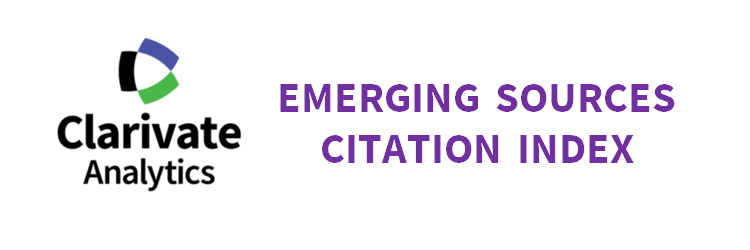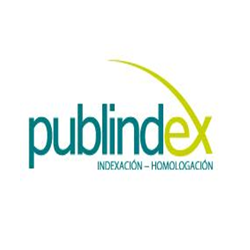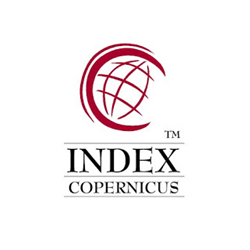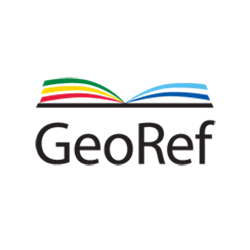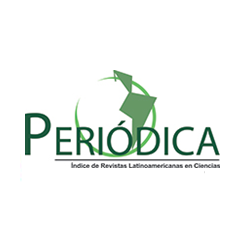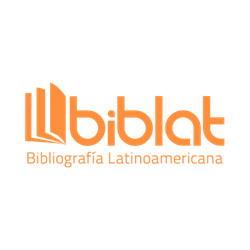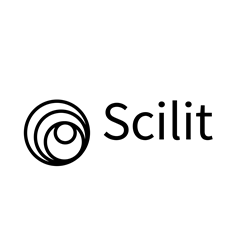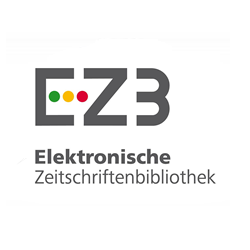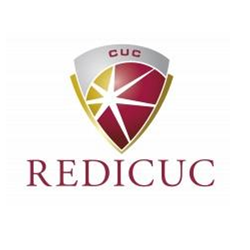Comparative analysis of Phytoremediation assays in leach sludge applying Data Envelopment Analysis
DOI:
https://doi.org/10.17981/ingecuc.13.2.2017.07Keywords:
Data Envelopment Analysis DEA, phytoremediation, leach sludge, heavy metals, solid wasteAbstract
Introduction: The advance of cities has created a progressive production of solid wastes that require the use of several manipulation techniques and disposition methods to attend waste volumes. The main disposition alternative is the use of landfills. The liquid resulting from the degradation of the organic material (leachate), is processed using an activated sludge treatment, producing leachate sludge. This element should undergo mechanisms of degradation in order to monitor its pollutants.
Objective: The aim of this article is to carry out a comparative analysis between phytoremediation tests on the leachate sludge substrates from the Doña Juana Sanitary Landfill, Bogotá D.C, with three vegetable species, and Data Envelopment Analysis (DEA) results.
Methodology: A sowing method for three vegetable species (radish, chard, and arugula) was set up, and the reduction of heavy metals was measured during a harvest period of 62 days. Data Envelopment Analysis was used and considered physicochemical characteristics and the percentage of reduction, allowing to assess the efficiency of the phyto-remedial system.
Results: A performance verification test was carried out using GAMS software. The obtained results prove functionality since the system allows to establish an analysis system for the scenarios, considering six inputs and four outputs, focused on removal of heavy metals.
Conclusions: Considering the efficiency of resource usage, radish, and chard scenarios are in the Pareto front; furthermore, arugula results were considered inefficient. A redistribution of resources is strongly recommended, by 33% in the radish scenario and 50% in chard scenario. In order to make a more accurate comparison, establishing a greater number of entries and considering unwanted outputs is advised.
Downloads
References
[2] A. Núñez, Y. Vong, R. Ortega and E. Olguín, “Fitorremediación: fundamentos y aplicaciones,” Ciencia, 2004. pp. 69–82. http://www.revistaciencia.amc.edu.mx/images/revista/55_3/Fitorremediacion.pdf
[3] M. S. Sánchez, “Contaminación por metales pesados en el botadero de basuras de Moravia en Medellín: transferencia de flora y fauna y evaluación del potencial fitorremediador de especies nativas e introducidas,” Tesis doctoral, Depart. Química, Fac. Ciencias, Programa de Posgrado, Pont. Univer. Javeriana, GIBUJ, 2010.
[4] H. Gómez and G. Pinzón “Análisis de la mitigación del impacto ambiental en el lago del Parque La Florida por fitorremediación usando buchón de agua,” http://repository.unimilitar.edu.co:8080/handle/10654/7129
[5] H. Ali, E. Khan and M. Anwar Sajad, “Phytoremediation of heavy metals. Concepts and applications,” Chemosphere, 91, 2013. pp. 869-881. https://doi.org/10.1016/j.chemosphere.2013.01.075
[6] L. Ziyang, W. Luochun, Z. Nanwen and Z. Youcai, “Martial recycling from renewable landfill and associated risks: A review,” Chemosphere, 2015, pp. 91–103. https://doi.org/10.1016/j.chemosphere.2015.02.036
[7] A. Fernandes, M. Pacheco, L. Ciríaco and A. Lopes, “Review on the electrochemical processes for the treatment of sanitary landfill leachates: Present and future,” Applied Catalysis B. Environmental, 2015, pp. 183–200. https://doi.org/10.1016/j.apcatb.2015.03.052
[8] S. Iskander, B. Brazil, J. Novak and Z. He, “Resource recovery from landfill leachate using ioelectrochemical systems: Opportunities, challenges, and perspectives,” Bioresource Technology, 2016, pp. 347–354. https://doi.org/10.1016/j.biortech.2015.11.051
[9] W. Liu, W. Cai, Z. Guo, L. Wang, C. Yang, and C. Varrone, “Microbial electrolysis contribution to anaerobic digestion of waste activated sludge, leading to accelerated methane production,” Renewable Energy, 2016, pp. 334–339. https://doi.org/10.1016/j.renene.2016.01.082
[10] B. Seshadri, N. Bolan, R. Thangarajan, U. Jena, K. Das, H. Wang and R. Naidu, “Biomass Energy from Revegetation of Landfill Sites,” Bioremediation and Bioeconomy, Chap. 5, 2016, pp. 99–109. https://doi.org/10.1016/B978-0-12-802830-8.00005-8
[11] D. Cristancho M, “Estimación del efecto del lixiviado del Relleno Sanitario Doña Juana sobre la calidad del agua del rio Tunjuelo y su posible tratamiento en la PTAR Canoas,” Universidad Nacional de Colombia, 2013.
[12] Unidad Administrativa Especial de Servicios Públicos (UAESP), “Informe de gestión 2014”, Bogotá D.C., Colombia, UAESP, 2014.
[13] Defensoría del Pueblo de Colombia, “Resolución No. 61, Situación actual del aprovechamiento de los residuos sólidos y la disposición final en el relleno sanitario Doña Juana en la ciudad de Bogotá D.C.,” 2014.
[14] R. González, Recuperación de suelos contaminados con metales utilizando especies vegetales – fitorremediación, Escuela Politécnica Nacional, Quito, Ecuador, 2014.
[15] V. Campos, Fitorremediación de contaminantes persistentes: Una aproximación biotecnológica utilizando chopo como sistema modelo. Madrid, España: Universidad Politécnica de Madrid, 2010.
[16] J. Quintanilha da Silveira, J. C. Correia Baptista Soares de Mello, and L. Angulo-Meza, “Evaluación de la eficiencia de las compañías aéreas brasileñas a través de un modelo híbrido de análisis envolvente de datos (DEA) y programación lineal multiobjetivo,” Ingeniare. Rev. Chil. Ing., vol. 20, No. 3, pp. 331–342, Dec. 2012.
[17] R. González, Utilización del análisis envolvente de datos (DEA) en el desarrollo de una metodología para el establecimiento de costos eficientes de remuneración, en la administración, operación y mantenimiento de los sistemas de distribución eléctrica, Universidad Nacional de Colombia, Bogotá D.C., 2010.
[18] Apha. “Standard Methods for examination of Water and Wastewater”. Editorial Board, 2012, pp 3-21.
Downloads
Published
How to Cite
Issue
Section
License
Published papers are the exclusive responsibility of their authors and do not necessary reflect the opinions of the editorial committee.
INGE CUC Journal respects the moral rights of its authors, whom must cede the editorial committee the patrimonial rights of the published material. In turn, the authors inform that the current work is unpublished and has not been previously published.
All articles are licensed under a Creative Commons Attribution-NonCommercial-NoDerivatives 4.0 International License.



 English
English
 Español (España)
Español (España)
